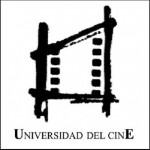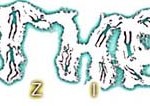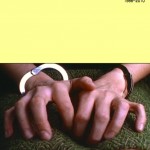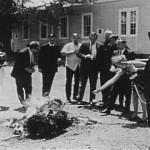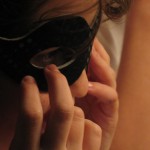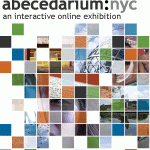“Hibridez en la manipulación de material audiovisual en la obra de Lynne Sachs”
En 1991, realiza una conexión entre sus lecturas teóricas y su práctica artística. Tanto los revolucionarios textos de pensadoras feministas francesas del siglo pasado como un nuevo estilo narrativo en la propia escritura de Sachs despiertan en ella la necesidad de bucear en un nuevo nivel de conciencia de su ser y como conclusión desarrolla un lenguaje cinematográfico muy personal que combina una aguda critica, collages, found footage, metáforas y performances que lleva el título de “House of science: a museum of false facts”.

